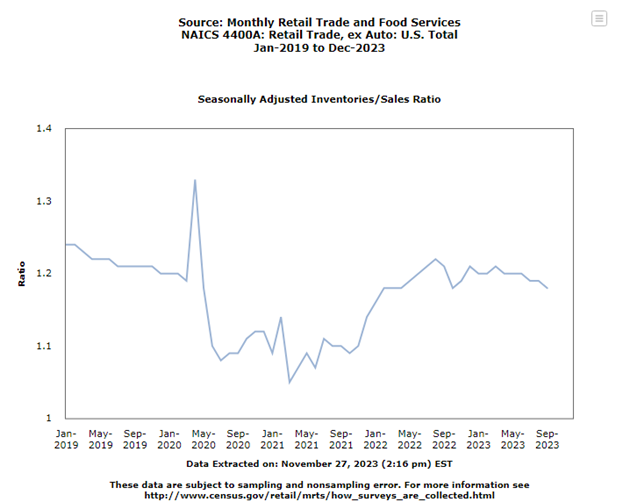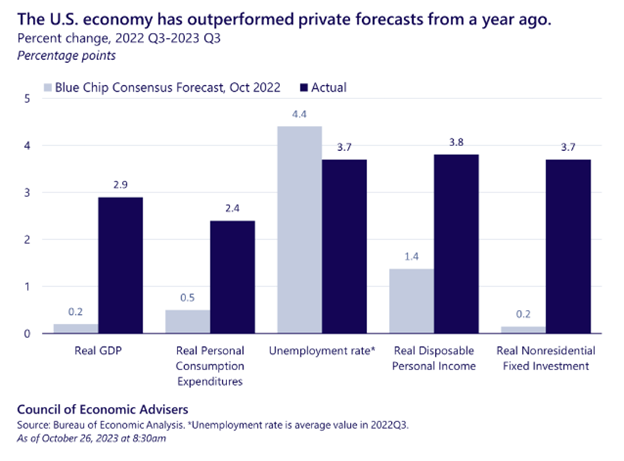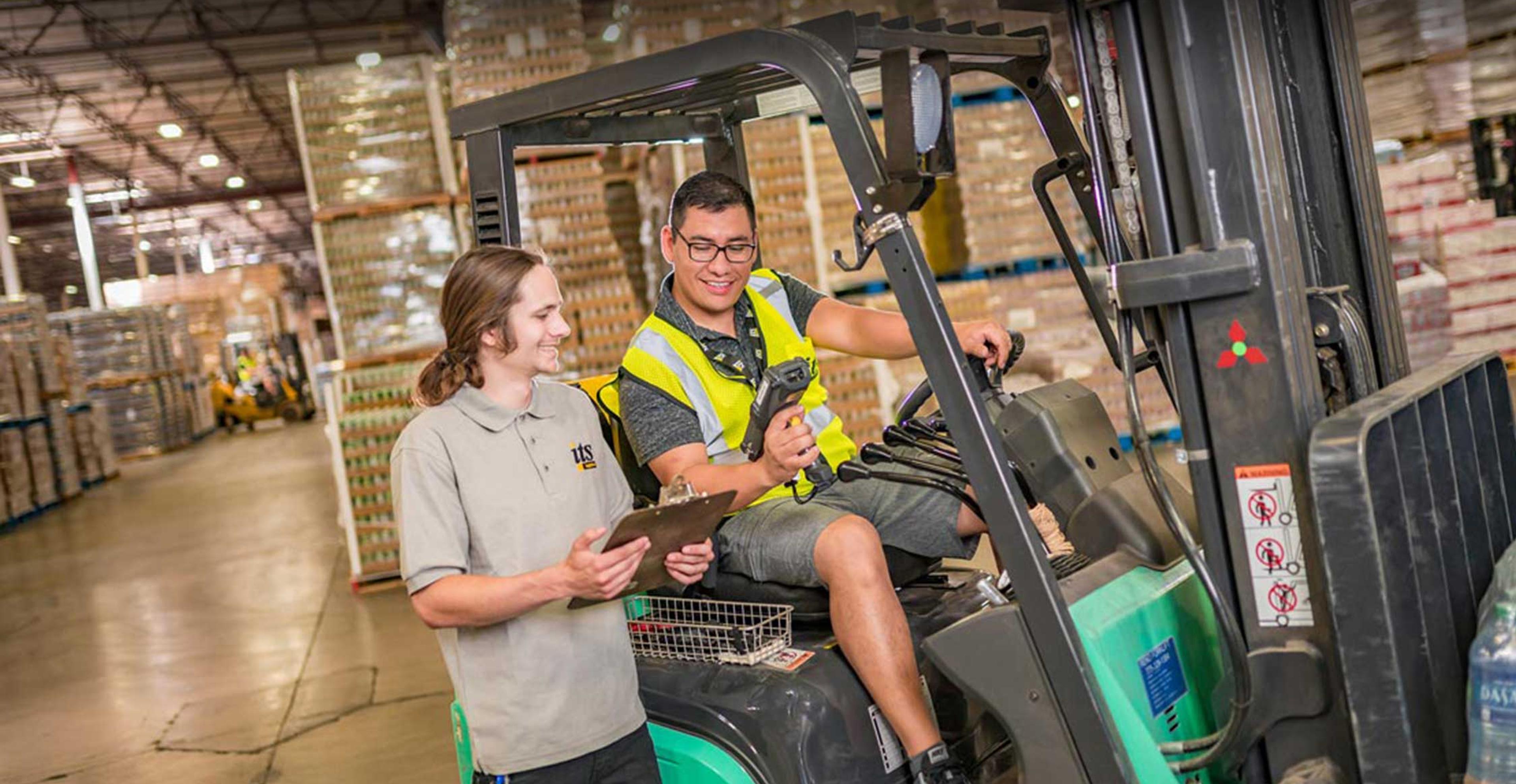Excess Inventory Management: Updates & Strategies Heading into 2024

The beginning of the 2020 pandemic came with a surge in consumer purchases that outpaced Just In Time (JIT) inventory planning, leaving empty store shelves and frustrated customers. Inventory planners compensated with Just In Case (JIC) buying, but then inflation picked up, and consumer spending cooled, leaving businesses with warehouse shelves packed with excess inventory.
Which inventory management strategy is better, running lean inventory levels with the JIT method or stockpiling inventory with the JIC method? The years following the pandemic have shown that there are major pitfalls to both, with excess inventory from JIC buying being the most recent.
Excess inventory management became a serious challenge that lingered throughout 2022; some businesses resorted to donating excess inventory for tax benefits. Others held sales promotions. The retail industry’s focus turned back to running tighter, JIT inventory strategies, and after a year of recovery, inventory levels are starting to return to normal— sort of.
In September 2023, Census.gov data indicated that retail inventory levels were running tight at a seasonally adjusted 1.18 inventory-to-sales ratio, which measures how much companies have in stock compared to what they sell. That ratio has fallen from the 1.21 ratio a year earlier.

The above graph shows how inventory-to-sales ratios have fluctuated since January 2019. Although inventory levels have dropped from January 2023 to September 2023, the situation is still far from normal.
A closer look at excess inventory in 2023
It’s important to understand that excess inventory isn’t an evenly distributed issue. According to a November article from Reuters, major retailers like Dollar General, Walmart, and Macy’s are all still at risk of carrying excess stock heading into 2024. Reuters went on to estimate that two-thirds of the 30 retailers they analyzed were experiencing slow sales or excess stock.
Fast-paced industries with a lot of innovation, like technology, are also uniquely at risk. Electronic components, such as high-end semiconductors, are constantly improving, and excess inventory risks becoming obsolete inventory as demand softens. A recent study by Kearney estimated that the top companies in the high-tech segment hold more than $250 billion in at-risk inventory.
There is also a larger demand planning issue that every business must face: after years of market corrections, disruptions, and changing consumer behavior, what happens next?
Demand planning for a nimbler future
It’s an unusual time for demand planners with hard-to-predict economic conditions. GDP grew 4.9% in Q3 of 2023, and consumer spending increased two percentage points compared to Q3 of 2022. See the graph below for a snapshot of economic indicators in Q3 2023 compared to Q3 2022.

The National Retail Federation (NRF) also forecasted in November that 2023 holiday spending will outpace last year and possibly reach record levels in November and December. See the graph below for the NRF’s forecast.

Every economic signal is pointing in the direction of a healthy economy, yet according to a November CNBC supply chain survey, retailers remain wary of overordering and maintain a cautious economic outlook.
None of these mixed signals make demand planning and inventory forecasting easier. Right now, tighter inventory levels and JIT strategies are what’s solving the excess inventory issue, but inventory planners face a whirlpool of economic indicators, volatile historical data, and unpredictable consumer demand moving forward.
Tighter inventory strategies are working right now, but if these last several years have proven anything, it’s that market trends and economic conditions can change quickly. And in the supply chain industry, it’s not if the next disruption will come, but when it will come.
Inventory levels and inventory turnover rates are always something we keep a close eye on when it comes to inventory control. It's interesting to see those areas balancing back out, but that doesn't mean everything is back to normal. Although this is the latest disruption, disruptions aren't new to the supply chain industry. They're very common. The best thing you can do is try to be proactive and adapt.
Supply chain strategies to focus on in 2024
Regardless of the inventory strategy, there are clear signals in the industry of where businesses need to be investing in 2024.
Real-time visibility
Great business decisions are usually informed by great data. Now more than ever, businesses need timely, accurate, and complete visibility into their supply chain and sales channels. Having that visibility can help businesses run tighter inventory strategies, improve inventory accuracy and inventory tracking, reduce costs, and improve customer service and operational efficiency.
Supply chain agility
Disruptions are a normal part of logistics, and consumer demand is a moving target. Having an agile supply chain provides businesses with the ability to pivot to meet disruptions, consumer behavior shifts, and sudden demand spikes.
3PL partnerships
A trusted 3PL partner can provide businesses with outside expertise, capabilities, and capacity. Having this relationship in place before the next disruption will lead to a better outcome.
Shopping for 3PLs? Check out the ITS Logistics guide on How to Choose a 3PL Provider.
Find a creative logistics solution to help your business stay nimble
ITS Logistics and its team have decades of expertise in warehouse management and every type of distribution and fulfillment service, including dedicated fleet services, drayage and intermodal, asset-lite transportation, and more.
ITS Logistics maintains a high standard for distribution and fulfillment:
- 99.67% ASN Timeliness
- 99.89% Load Quality
- 99.89% ASN Accuracy
- 99.92% On-Time Shipping
- 99.48% Fill Rate
- 99.38% Pallet & Carton Labeling
With the highest level of service, unmatched industry experience and work ethic, and a laser focus on innovation and technology– the team at ITS strives to improve the quality of life for its partners by delivering excellence at every turn.
Reach out to learn more about ITS Logistics and find a creative logistics solution that will work for your business.



